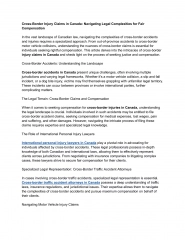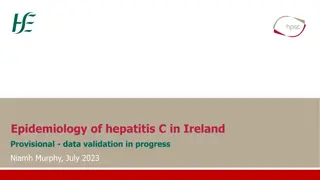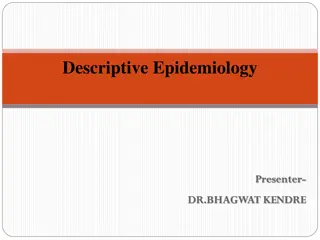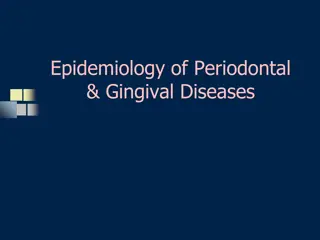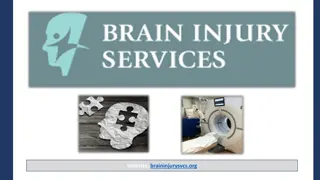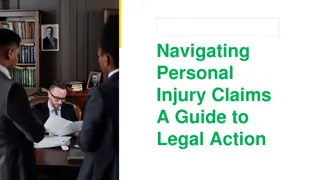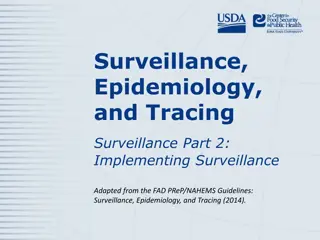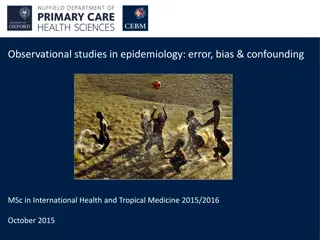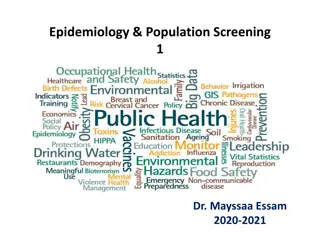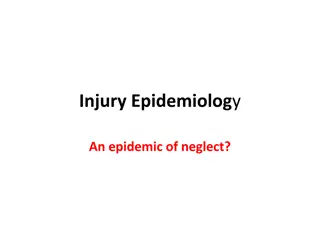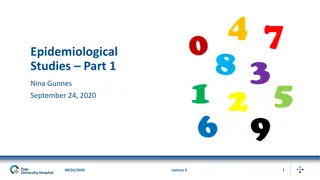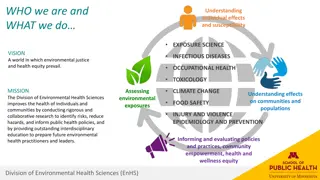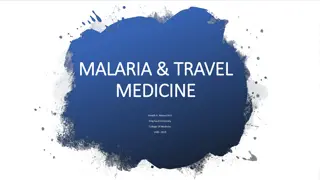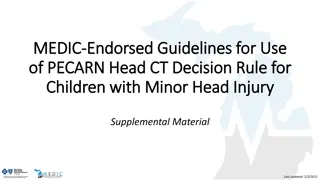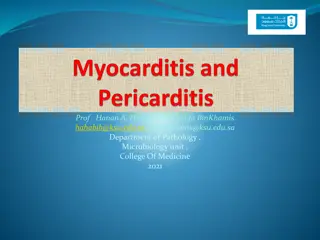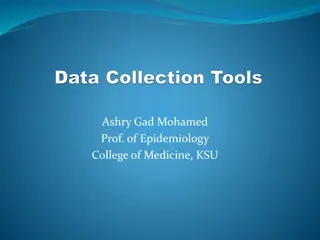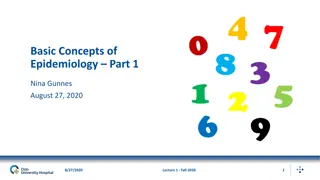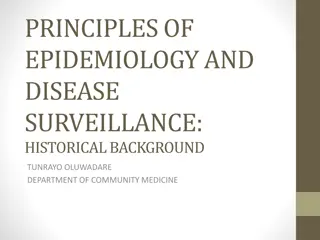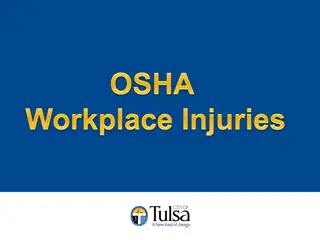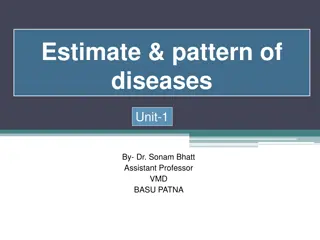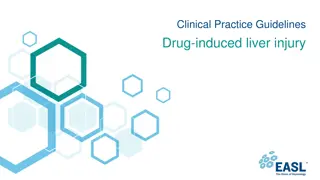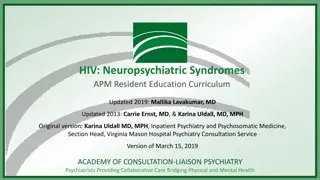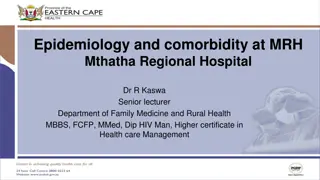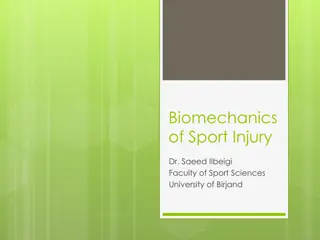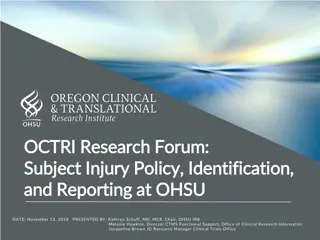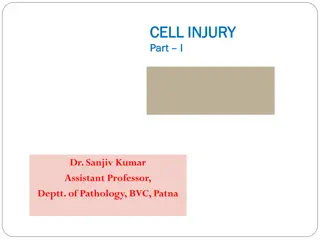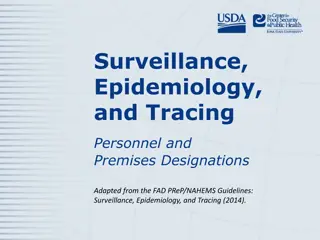Pathology Acute kidney injury
Guidelines of renal biopsy, types of acute kidney injury, clinical manifestations, and pathological findings in this comprehensive lecture. Explore the normal anatomy and histology of the kidney, terminology, etiology, pathophysiology, and more.
6 views • 17 slides
Acute kidney injury
Definition, staging, and complications of acute kidney injury (AKI) with Dr. Abdul Lateef. Understand the diagnostic parameters for differentiation and the evaluation process. Explore the etiological classification and common signs and symptoms of AKI.
5 views • 20 slides
Cross-Border Injury Claims in Canada_ Navigating Legal Complexities for Fair Compensation(20_03_2024)
Cross-Border Injury Claims in Canada: Navigating Legal Complexities for Fair Compensation\n\nIn the vast landscape of Canadian law, navigating the complexities of cross-border accidents and injuries requires a specialized approach. From out-of-province accidents to cross-border motor vehicle collisi
0 views • 2 slides
Childhood Constipation: Approach and Epidemiology
Childhood constipation is characterized by hard stools, infrequent bowel movements, and other symptoms as per Rome IV criteria. It is a prevalent condition globally, with varying rates across different countries. Understanding the epidemiology and presentation of childhood constipation is crucial fo
0 views • 61 slides
Epidemiology of hepatitis C in Ireland
Hepatitis C, a viral infection affecting the liver, has notable implications in Ireland, with key transmission routes, clinical manifestations, and long-term consequences shaping its epidemiology. From transmission patterns to chronic infection risks, understanding the natural history and prevalence
0 views • 24 slides
Understanding Descriptive Epidemiology for Health Analysis
Descriptive Epidemiology, presented by Dr. Bhagwat Kendre, explores the distribution of diseases and related characteristics within populations. The study delves into factors like time, place, and person to identify patterns and formulate hypotheses about disease occurrence. Utilizing data from desc
3 views • 36 slides
Injury Surveillance in Scotland: Importance and Implementation Overview
Scotland's Public Health body, Public Health Scotland, leads efforts in injury surveillance to prolong healthy life, prevent disease, and promote health. Long-term investment in prevention involves various sectors. Injury surveillance is crucial as it helps manage and prevent injuries, with coded da
4 views • 24 slides
Epidemiology of Periodontal & Gingival Diseases
Epidemiology is the study of disease distribution and determinants in populations for effective control and prevention. It plays a crucial role in understanding the prevalence, risk factors, and effectiveness of preventive measures for periodontal and gingival diseases. Classification systems and th
3 views • 63 slides
Physiotherapy Rehabilitation for Post Ligament Injury - Varsha Jalandhara, DPT
In the acute stage of post-ligament injury, physiotherapy focuses on reducing inflammation and pain through techniques like cryotherapy and protective measures. As the injury progresses to the sub-acute stage, mobilization and strengthening exercises are gradually introduced to improve range of moti
2 views • 26 slides
Brain Injury Services: Empowering Recovery and Support
At Brain Injury Services, we are committed to making a positive difference in the lives of individuals affected by brain injury. Through our comprehensive support services, compassionate care, and commitment to empowerment, we empower survivors to overcome obstacles, reclaim their independence, and
5 views • 7 slides
Expert Construction Accident Attorney: Your Trusted Injury Lawyer
Our expert construction accident attorneys are dedicated to securing the compensation you deserve. With years of experience in handling complex injury cases, we navigate the legal intricacies to ensure your rights are protected. Trust us to provide compassionate and effective representation, helping
1 views • 13 slides
Injured Get the Best Lawyer for Personal Injury
After being hurt, don't suffer in quiet. Our personal injury lawyers at Bavariyalaw.com are here to assist you, and they will fight to get you the justice you are due.\n\n\n\/\/ \/personal-injury\/\n
1 views • 1 slides
Implementing Surveillance in Epidemiology: Methods and Considerations
This presentation outlines sampling methods and considerations for implementing surveillance in epidemiology. It covers aspects such as sample types, sizes, random vs targeted sampling, and the comparison between the two approaches. The content provides insights into the practical aspects of surveil
0 views • 24 slides
Principles of Epidemiology: Understanding Disease Occurrence and Surveillance
Epidemiology is the study of disease patterns, factors influencing disease occurrence, and the core functions of surveillance, field investigation, and analytic studies. It involves understanding disease characteristics, natural history, and evaluating the effectiveness of activities to mitigate dis
1 views • 25 slides
Understanding Observational Studies in Epidemiology
Delve into the realm of observational studies in epidemiology, exploring concepts such as error, bias, and confounding. Discover the significance of various study designs, from case reports to prospective cohort studies, in elucidating associations and establishing causality in non-communicable dise
0 views • 58 slides
Understanding Epidemiology: Disease Distribution and Population Health
Epidemiology is the study of disease distribution in populations, analyzing patterns, determinants, and risk factors to understand and control various health conditions. It encompasses infectious diseases like cholera, nutritional disorders such as scurvy, cancers like childhood leukemia, and non-co
1 views • 16 slides
Uncovering the Neglected Field of Injury Epidemiology
Exploring the realm of injury epidemiology, this content delves into the definitions, objectives, and hypotheses surrounding the study of injuries. It highlights the overlap between injury epidemiology and prevention while shedding light on why this field remains neglected, particularly in Canada. T
0 views • 70 slides
Overview of Ecological Studies in Epidemiology
Ecological studies in epidemiology involve studying groups of individuals at a population level to examine the correlation between exposure and disease occurrence. While cost-effective and useful for generating hypotheses, ecological studies have limitations, such as the inability to control for con
1 views • 21 slides
Understanding Intimate Partner Violence and Brain Injury Connections
The link between intimate partner violence (IPV) and brain injury is significant, with studies showing a high prevalence of brain injuries among IPV survivors, particularly women. Common types of IPV causing brain injury include hits to the head, strangulation, and banging the head against objects.
1 views • 23 slides
Division of Environmental Health Sciences: Improving Public Health through Research and Education
The Division of Environmental Health Sciences aims to enhance individual and community health by conducting research, identifying risks, reducing hazards, informing policies, and providing interdisciplinary education. Their projects cover a wide range of environmental health issues, from infectious
4 views • 10 slides
Understanding Malaria & Travel: Epidemiology, Etiology, and Prevention
Exploring the epidemiology and etiology of malaria with a focus on travel-related risks. Educational objectives include gaining knowledge on malaria transmission, prevention strategies, and the importance of seeking medical advice before traveling to endemic areas.
0 views • 62 slides
Guidelines for PECARN Head CT Decision Rule in Children with Minor Head Injury
Michigan Emergency Department Improvement Collaborative (MEDIC) endorses the PECARN Head CT Decision Rule for children with minor head injury to standardize and reduce overuse of CT scans. This rule, developed and vetted by experts, aims to improve clinical decision-making, reduce costs, radiation e
3 views • 11 slides
Understanding Myocarditis: Epidemiology, Pathogenesis, and Management
Myocarditis is an inflammatory heart condition with various causes, including viral infections and autoimmune responses. This article discusses the epidemiology, risk factors, pathogenesis, diagnosis, and management of myocarditis, highlighting the importance of differentiating it from pericarditis
0 views • 35 slides
Understanding Data Collection Techniques in Epidemiology
Explore the world of data collection techniques in epidemiology with Prof. Ashry Gad Mohamed from the College of Medicine. Learn about various methods, biases, ethical considerations, and the importance of combining different techniques for accurate research outcomes.
0 views • 45 slides
Understanding Epidemiology: A Historical Perspective
Epidemiology is the study of health and disease patterns in populations. It involves analyzing distribution, determinants, and risk factors to inform public health policy, disease prevention, and clinical work. Modern epidemiology traces back to the mid-20th century, focusing on observational studie
0 views • 16 slides
Evolution of Epidemiology: Historical Perspectives and Contributions
The evolution of epidemiology spans centuries, beginning with Hippocrates in 400 BC and progressing through key figures like John Graunt, James Lind, Edward Jenner, John Snow, and others. From the observation-based practices of ancient times to the groundbreaking experiments and analyses of the 17th
2 views • 20 slides
Understanding OSHA Workplace Injuries Data Analysis
Analyze OSHA workplace injuries data from 2015 to 2017, including total recordable incident rates, number of injuries, total hours worked, city injury rates, and top locations with high injury rates. Explore the importance of using incident rates over total injury numbers and how departments benefit
0 views • 15 slides
Understanding Disease Patterns in Epidemiology: Overview and Examples
Epidemiology is the study of health event distribution in populations. This includes analyzing disease patterns by time, place, and affected individuals. Diseases can be sporadic, endemic, epidemic, or pandemic, each with distinct occurrence characteristics. Understanding disease prevalence and inci
0 views • 9 slides
Understanding Disease Control and Prevention in Epidemiology
This article discusses disease control processes in epidemiology, including reducing disease incidence, duration, and transmission. It covers public policy interventions, elimination, eradication, and extinction of infectious agents. It also highlights preventable causes of disease and different lev
2 views • 10 slides
Overview of Acute Pyelonephritis: Diagnosis, Treatment, and Epidemiology
Acute pyelonephritis is a serious bacterial infection of the kidneys, leading to complications such as renal scarring and sepsis. This overview covers key aspects including epidemiology, etiology, clinical presentations, and risk factors. Diagnosis, treatment, and prevention strategies are also disc
0 views • 18 slides
EASL Clinical Practice Guidelines for Drug-Induced Liver Injury Management
These slides provide an in-depth overview of the EASL clinical practice guidelines on managing drug-induced liver injury. The guidelines cover epidemiology, key recommendations, future prospects, new biomarkers, unresolved issues, and unmet needs. Recommendations are based on evidence levels from th
0 views • 44 slides
Understanding Neuropsychiatric Syndromes in HIV Patients
This educational curriculum explores the role of psychiatry in enhancing outcomes for people living with HIV (PLWH) by addressing cognitive burden, psychiatric disorders prevalence, and appropriate psychopharmacology. Delving into the history, epidemiology, and psychiatry's role, the material covers
0 views • 57 slides
Epidemiology and Comorbidity at MRH Mthatha Regional Hospital by Dr. R. Kaswa
This presentation by Dr. R. Kaswa from the Department of Family Medicine and Rural Health at MRH Mthatha Regional Hospital covers the epidemiology, screening, testing, recoveries, mortality, and lessons learned from the COVID-19 pandemic. It provides statistics on COVID-19 cases, testing positivity
0 views • 24 slides
Understanding Biomechanics of Sport Injury for Improved Protection
Identification of the causes and mechanisms of sports injuries through biomechanics is crucial for enhancing prevention strategies. This field explores how the human body responds to mechanical forces, risking injury if tissues fail to absorb stress. Impact injuries can lead to structural damage and
0 views • 29 slides
Understanding Subject Injury Policy and Reporting at OHSU
Explore the subject injury policy, identification process, and reporting guidelines at Oregon Health & Science University (OHSU). Learn how subject injuries are defined, identified, and distinguished from other reactions in research studies. Get insights into determining if an adverse experience qua
0 views • 17 slides
Understanding Cell Injury and Adaptation in Pathology
Rudolph Virchow's concept of disease starting at the cellular level highlights how cells constantly face challenges in maintaining homeostasis. The plasma membrane acts as a barrier against external stressors, but when cells face excessive physiological stresses or pathological stimuli, they adapt o
0 views • 16 slides
Overview of Trauma Management in the Emergency Department
This summary file covers the key aspects of trauma management, including epidemiology of trauma, mechanisms of injury (penetrating and blunt), triage and severity scoring, primary survey with ABCDE approach, emergency department management per ATLS protocol, and adjuncts to primary survey. It emphas
0 views • 42 slides
Personal Injury and Compensation Claims Overview
Stewarts law firm focuses on serious injury claims, emphasizing a client-centered approach to personal injury litigation. This presentation aims to provide a basic understanding of compensation claims for serious injuries, the difference between clinical negligence and personal injury cases, and the
0 views • 20 slides
Guidelines for Surveillance, Epidemiology, and Tracing Personnel and Premises Designations
This presentation provides an overview of necessary personnel, incident command, planning sections, and premises designations based on the FAD PReP/NAHEMS Guidelines for Surveillance, Epidemiology, and Tracing. It covers topics such as the Incident Command System, Planning Section, and Operations Se
0 views • 22 slides
Understanding the Epidemiology of Disability and Its Impact on Health
Epidemiology focuses on studying disease causes, prevention, and control. Impairment, disability, and handicap are defined by the WHO. Impairment refers to loss or abnormality of function, disability refers to limitations in normal activities due to impairment, and handicap indicates social disadvan
0 views • 31 slides


